Researchers create an artificial array of magnetic cilia that could contribute to advancing the capabilities of soft robotics.
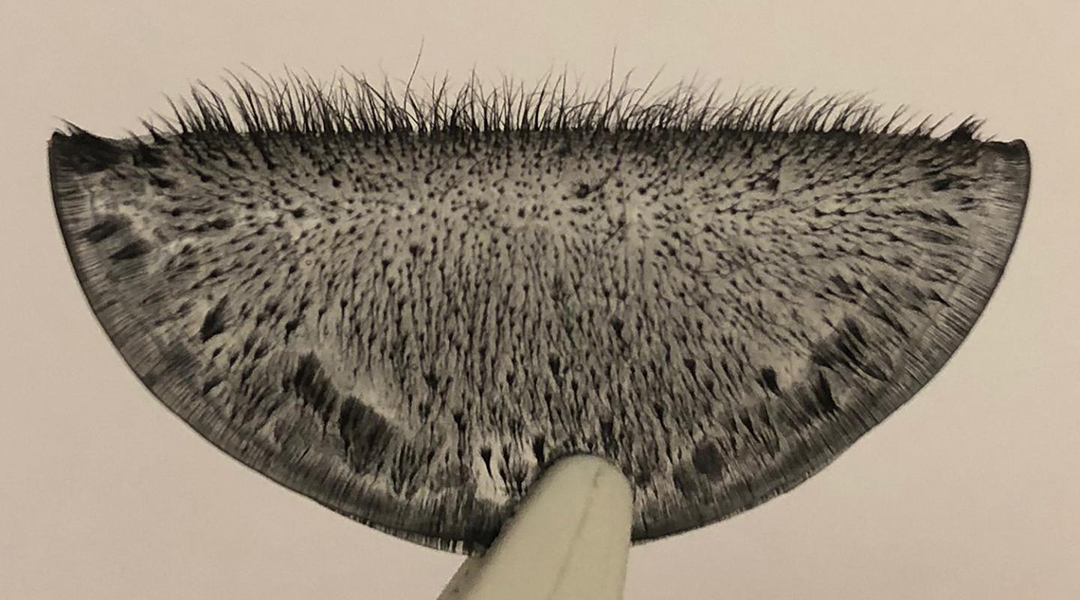

Researchers create an artificial array of magnetic cilia that could contribute to advancing the capabilities of soft robotics.

As the way in which we work, socialize, and live becomes ever-more digital, enabling faster internet speeds and bandwidth capacity while using existing infrastructures promises a new dawn of the digital age.

An exciting and exotic approach to minimizing error in quantum computation re-purposes a known code to achieve what many researchers thought was impossible.
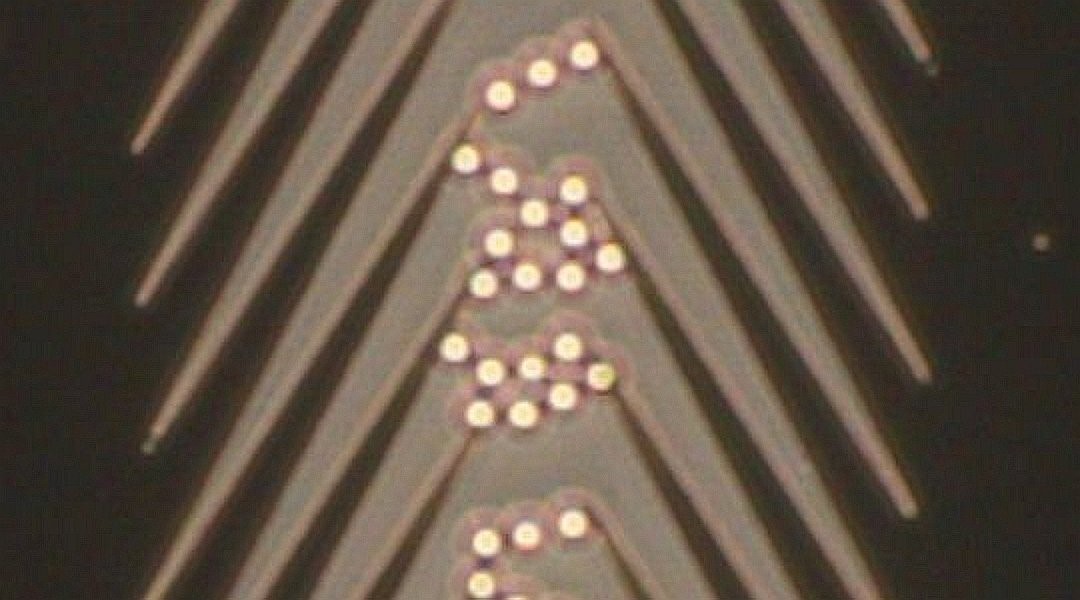
Using an asymmetric sawtooth-shaped potential, researchers achieve transport of tiny molecules driven by particle crowding.

Researchers discuss how to extract valuable information from databases to aid decision making in emergencies, such as the current pandemic.
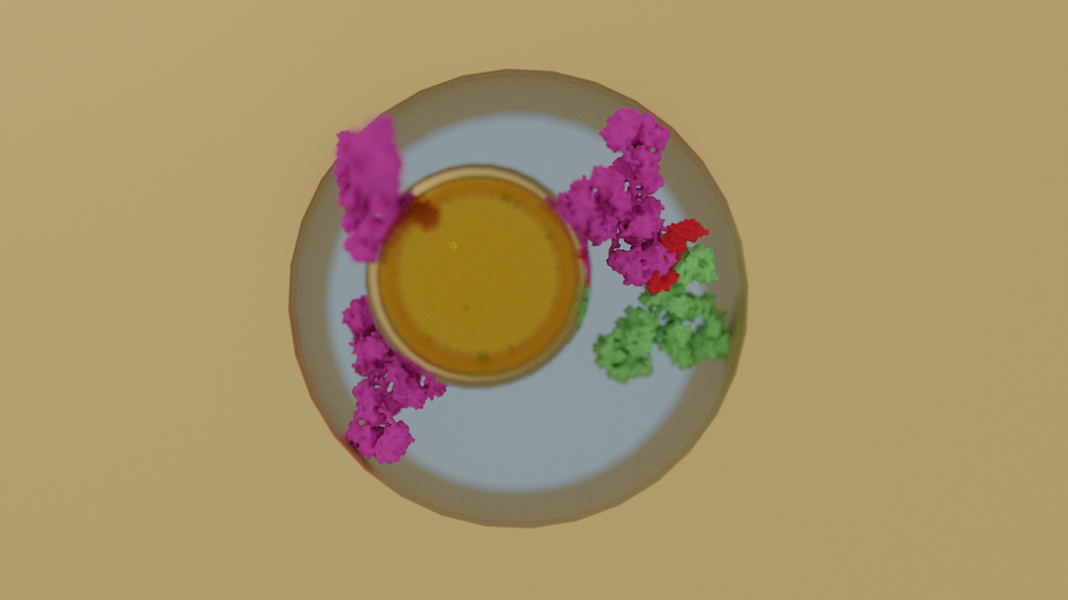
A new tool can diagnose sepsis in less than fifteen minutes, even with a very low concentration of biomarkers.

Convolutional neural networks provide stronger predictive performances for pharmacological assays compared to traditional machine learning models.

A team of data scientists has developed a general-purpose recommendation system for insurance based on Bayesian networks and deep learning.
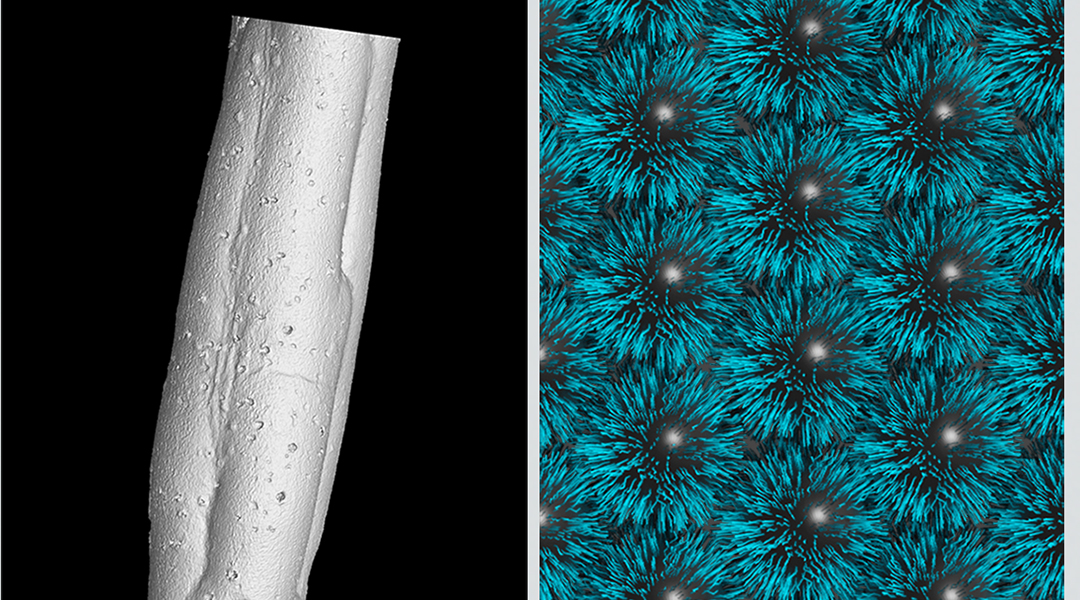
Assembling nanoparticles into macroscale structures could provide new, durable materials for a range of fields and applications.
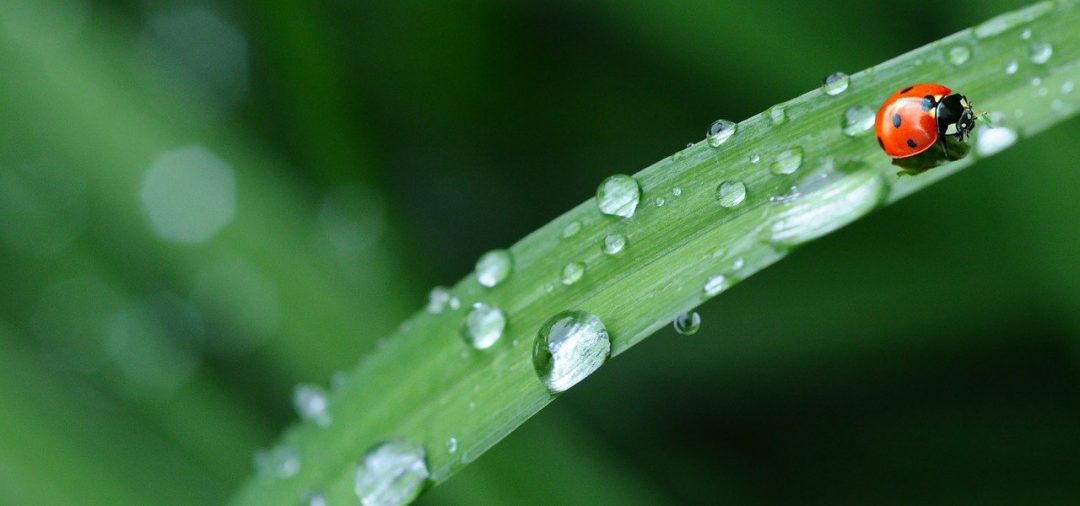
Researchers at KIT in Germany demonstrate reverse surface wettability by salinization.